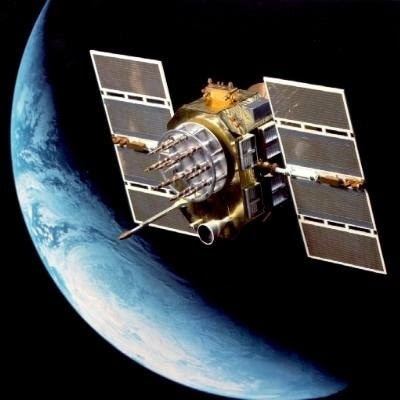
Amateur radio, often referred to as "ham radio," has a rich history of enabling communication across vast distances, and one of the most exciting aspects of this hobby is the ability to communicate via satellites. Satellite communications in amateur radio not only provide a unique way to connect with fellow hams around the globe, but they also serve as a platform for experimentation, education, and emergency communications.
Overview of Amateur Radio Satellites
Amateur radio satellites, commonly referred to as "ham satellites," are launched specifically for use by licensed amateur radio operators. These satellites come in various forms, including Low Earth Orbit (LEO) satellites, geostationary satellites, and more. They facilitate voice, data, and even television communications, providing users with a diverse range of communication options.
Types of Amateur Radio Satellites
LEO Satellites: These satellites orbit the Earth at altitudes ranging from about 180 to 2,000 kilometers. They move quickly across the sky, typically making passes over a given location for only a few minutes. Examples include the AMSAT series of satellites, such as AO-91 and AO-92, which support various modes of communication.
Geostationary Satellites: These satellites orbit the Earth at approximately 36,000 kilometers and remain fixed over one position on the Earth's surface. This allows for constant communication without the need to track the satellite's movement. An example is the QO-100 satellite, which provides a wide coverage area for users in Europe, Africa, and the Middle East.
CubeSats: Smaller and more affordable, CubeSats are often developed by universities and educational institutions. They are used for both educational purposes and to promote amateur radio communication. Examples include the FUNcube satellite.
Equipment Used for Satellite Communication
Amateur radio operators utilize a variety of equipment to communicate via satellites. The choice of radio gear depends on factors such as the satellite's operating frequencies, modes, and the operator's specific needs. Here’s a look at some of the common types of radios and equipment used for satellite communications:
1. Handheld VHF/UHF Radios
Handheld radios are popular for beginner satellite operations. Many satellites operate on VHF (2m band) and UHF (70cm band) frequencies, making these handheld transceivers an accessible entry point. Models from brands like Yaesu, Icom, and Kenwood offer the capabilities required for simple operations. Operators can use dual-band radios to access both uplink and downlink frequencies, allowing them to communicate via satellites during their pass.
2. Base Station Radios
For more serious satellite operations, many hams opt for base station radios with advanced features and greater power output. These radios are typically more stable and provide better audio quality. Models like the Icom IC-9700 or the Yaesu FTDX series offer multi-mode capabilities, enabling SSB (Single Sideband), FM (Frequency Modulation), and digital communications.
3. Satellite Modems and TNCs
In addition to radios, operators often use terminal node controllers (TNCs) or satellite modems for digital communications. These devices allow operators to send and receive data packets through satellites, facilitating digital modes like APRS (Automatic Packet Reporting System) and PSK31. TNCs like the Kantronics KPC-3+ and others are popular choices for this purpose.
4. Antennas
Antennas play a crucial role in satellite communication. Directional antennas, such as Yagi or log-periodic designs, are commonly used to focus the signal on the satellite during its pass. Many operators also use tracking systems that can automatically adjust the antenna's direction to follow the satellite as it moves across the sky. Portable antennas are also popular among operators who wish to communicate while on the go.
5. Tracking Software
To maximize communication opportunities, many amateur radio operators use satellite tracking software. Programs like Gpredict and SatPC32 provide real-time tracking information, helping operators determine when satellites will be overhead and their predicted path. This is particularly useful for LEO satellites, which have rapid passes.
The Joy of Communication
Communicating via amateur radio satellites is not just about the technical aspects; it’s about the experience. Hams often share the thrill of making contacts (QSOs) with operators across continents, taking part in contests, or experimenting with different modes of communication. Many also engage in emergency communications, using satellites as a reliable fallback when traditional infrastructure is compromised.
Conclusion
Satellite communications in amateur radio offer an exciting avenue for exploration and connection. With a variety of equipment available, from handheld radios to advanced base stations, hams of all experience levels can participate. As technology continues to advance, the possibilities for amateur radio satellite communications will only grow, fostering a vibrant community of enthusiasts eager to push the boundaries of what’s possible. Whether for fun, education, or emergency response, the sky is literally the limit when it comes to satellite communications in amateur radio.

No comments:
Post a Comment